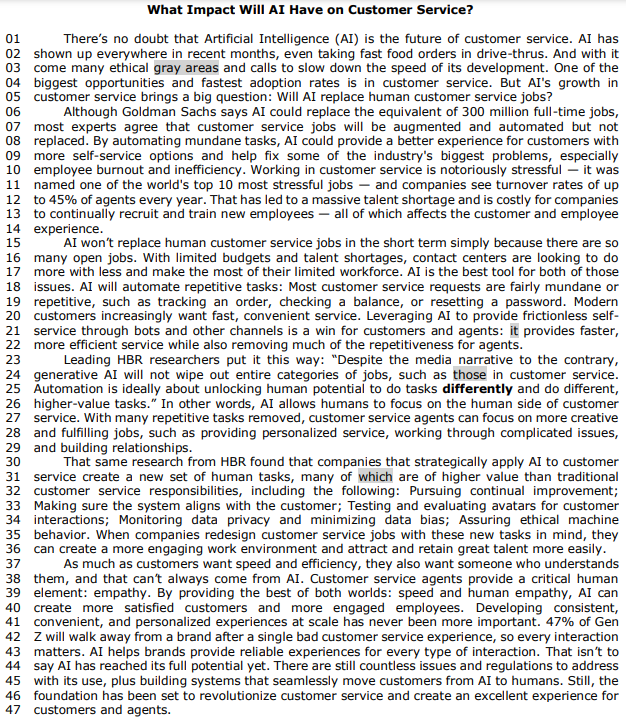Questões de Concurso
Foram encontradas 679 questões
Resolva questões gratuitamente!
Junte-se a mais de 4 milhões de concurseiros!
Julgue o item subsequente.
Definite articles, “the,” specify a particular noun that is
already known or has been previously mentioned in the
context. Understanding the appropriate use of definite
articles is crucial for indicating specificity and reference in
American English.
Julgue o item subsequente.
The zero article, the absence of any article, is used in
specific contexts, such as with plural and uncountable
nouns or when referring to things in general.
Understanding when to omit articles is essential for
precise communication in American English.
Choose the option that has the CORRECT forms to fill out the blanks below, respectively.
I - Someone has left ____ book here.
II - There _____ too many people in the event last night.
III - She _____ 39 years old.

The pronoun “they” (last sentence of the last paragraph) refers to the word “assumptions”.